Kodak Gold 200 Review
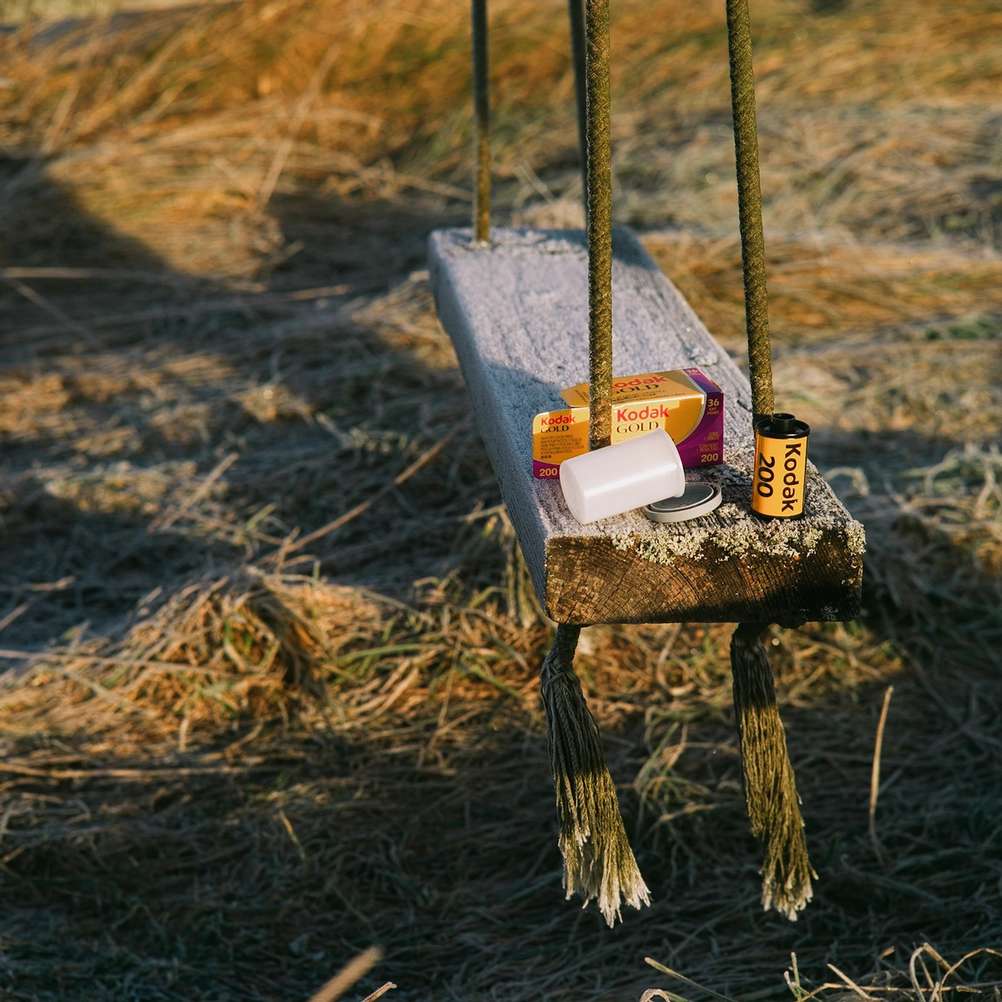
Just Kodak Gold 200 one some swings, enjoying the pre-spring sun.
Kodak Gold should be known to most people that are at least mildly interested in film photography. It's a consumer grade film to shoot non-professional photos with for regular peasants like you and me. Originally introduced in 1988. Current Kodak Gold 200 version introduced in 2007. It's a film that has been around for quite a while - at least in the name.
Kodak Gold is one of the two films I remember from the days when I first started dealing in photography more than 10 years ago. The other film is Fujifilm Superia.
I remember seeing this film in stores. If I'm not mistaken you could get this film in regular stores as well but I might be dreaming. You could definitely get this film in shops at least mildly related to photography. And I likely shot quite a lot of this film when I was a youngster.
In the olden times there were multiple Gold versions. Starting from ISO 25 up to ISO 1000. These days there is only one that is being made ( at least in the name ). And that is Kodak Gold 200. And even that is only made in 35mm format ( at least in the name ).
About The Film
Kodak Gold 200 is ISO 200 color negative film that you're supposed to develop using the C-41 process. It's meant for the consumer market meaning that if you're a professional - you don't want to use it because "pro" isn't in the name. What it means in reality is that film is more forgiving but might not have the "cleanest" ( in terms of grain ) look and colors might not be 100% accurate in all circumstances.
You shouldn't read the "meant for consumers" part as a negative thing.
- It will make the film more forgiving and will allow more over/under-exposure because non-pro's can't be trusted to meter light correctly.
- It will handle bad storage better so you can store it in your non-pro environment.
- Colors will be punchier and more interesting ( without post-processing ) when compared to something like Portra which would naturally give you more down to earth and natural look ( obviously you can digitally edit things to oblivion ).
My Thoughts About The Film
I quite like the film. It's not my favourite film of all time but it's a very solid choice that I am not sad to shoot.
Because of the forgiving nature of this film it's quite easy to shoot and develop. I haven't experienced major color shifts or had pictures being lost because of my failed light metering capabilities.
Colors are interesting but I wouldn't call them the most natural. I would describe the color balance as a weird combo of warmness mixed with green. Not Fujifilm green - Kodak own brand of green. Color balance is on the warm side but there is always that green channel peaking through the grain / pixels. It might not work the best for natural looking portraits for example but I don't really dislike what it does to human skin ( at least light shades of it ). Something like Kodak Portra will give you a more natural look but in a weird way I prefer Gold look as it's more interesting to my eyes.
The biggest downside is the grain. It's quite noticeable. Even Kodak Portra 400 which would give you an extra stop of light appears to be cleaner than Gold 200. Maybe even Portra 800. I don't hate the grain so it doesn't bother me much but sometimes I wish it had less of it. It would also impact the final resolution / detail that you can extract from negative. I would imagine that Gold is quite a bit less detailed than more professionally rated films although for most people it is more than good enough. I would avoid shooting mainly landscapes that tend to benefit from extra resolution and less grain.
Enough words for now - let's have a look at some pictures and see some characteristics of the film.
Shots Taken With Gold
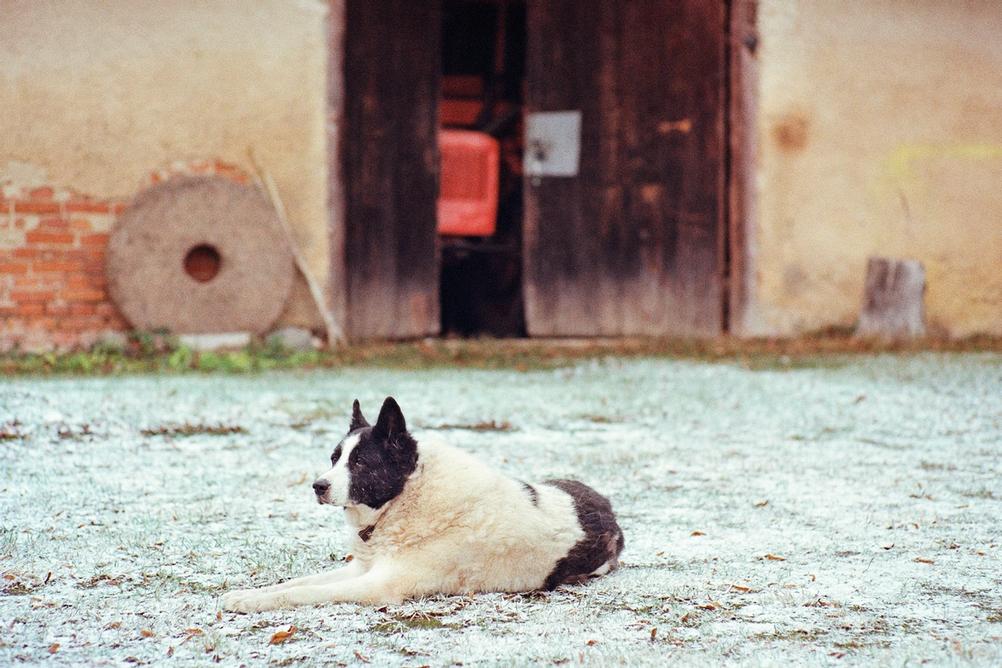
- Camera
- Leica M3
- Lens
- Leica Summicron-M Pre-ASPH 90mm f2
- Film
- Kodak Gold 200 EI200
- Development
- Tetenal Colortec C-41
- Scanner
- Reflecta ProScan 10T
First picture and we can already see the somewhat unique color balance. Weather outside was largely overcast with some faded sun light shining through but color balance is quite warm. And you can also see the weird green mixed in as well.
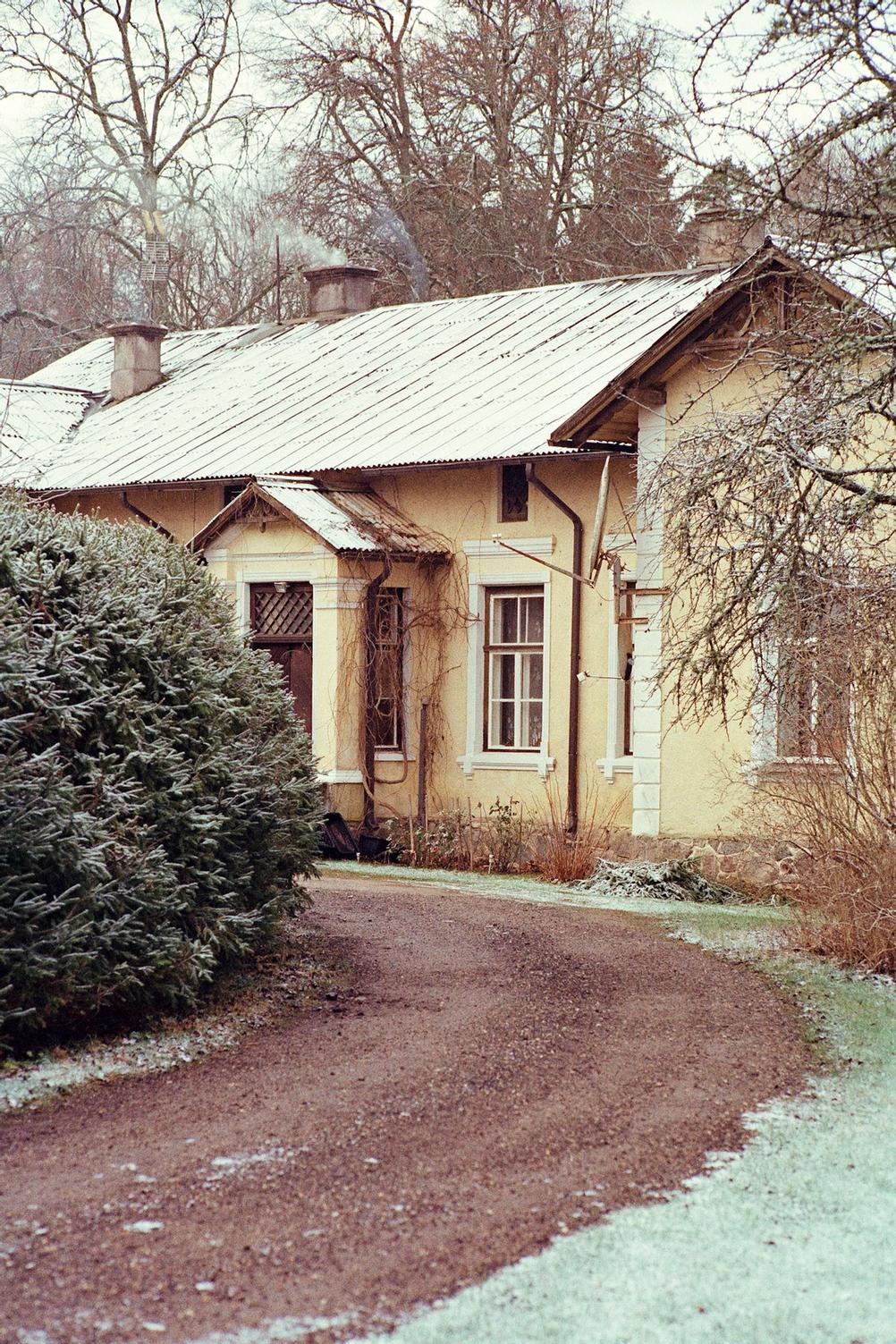
- Camera
- Leica M3
- Lens
- Leica Summicron-M Pre-ASPH 90mm f2
- Film
- Kodak Gold 200 EI200
- Development
- Tetenal Colortec C-41
- Scanner
- Reflecta ProScan 10T
Same conditions as in the previous picture. Sharpness is quite good in my opinion - the film can definitely look sharp. Especially when mixed with quite a sharp lens.
I like the color that bushes are rendered in. That deep and "fruity" green.
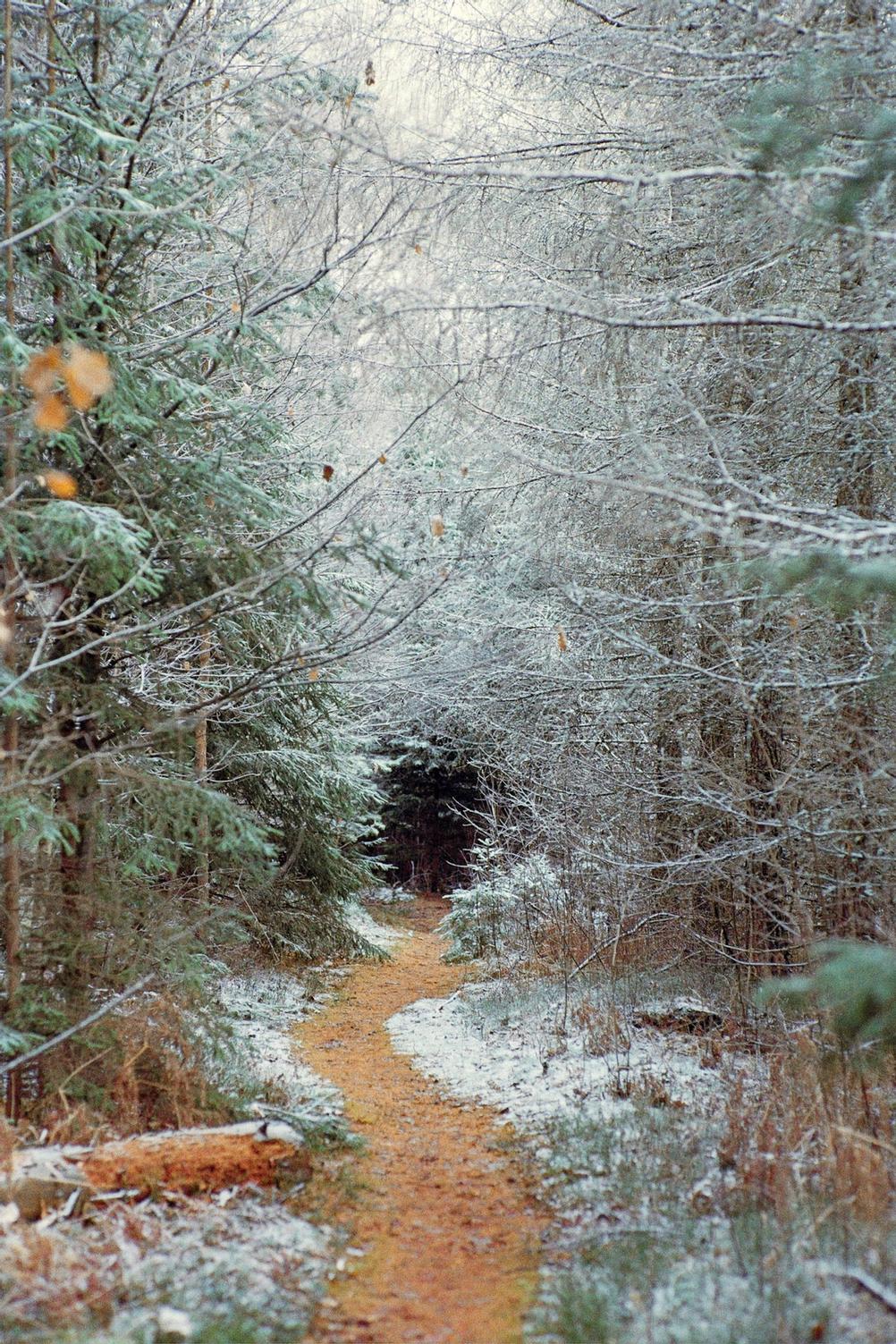
- Camera
- Leica M3
- Lens
- Leica Summicron-M Pre-ASPH 90mm f2
- Film
- Kodak Gold 200 EI200
- Development
- Tetenal Colortec C-41
- Scanner
- Reflecta ProScan 10T
Greens mixing in again.
This shot also shows the pretty wide dynamic range that you can achieve. Highlights are not fully blown and you still get some detail at the end of the forest tunnel.
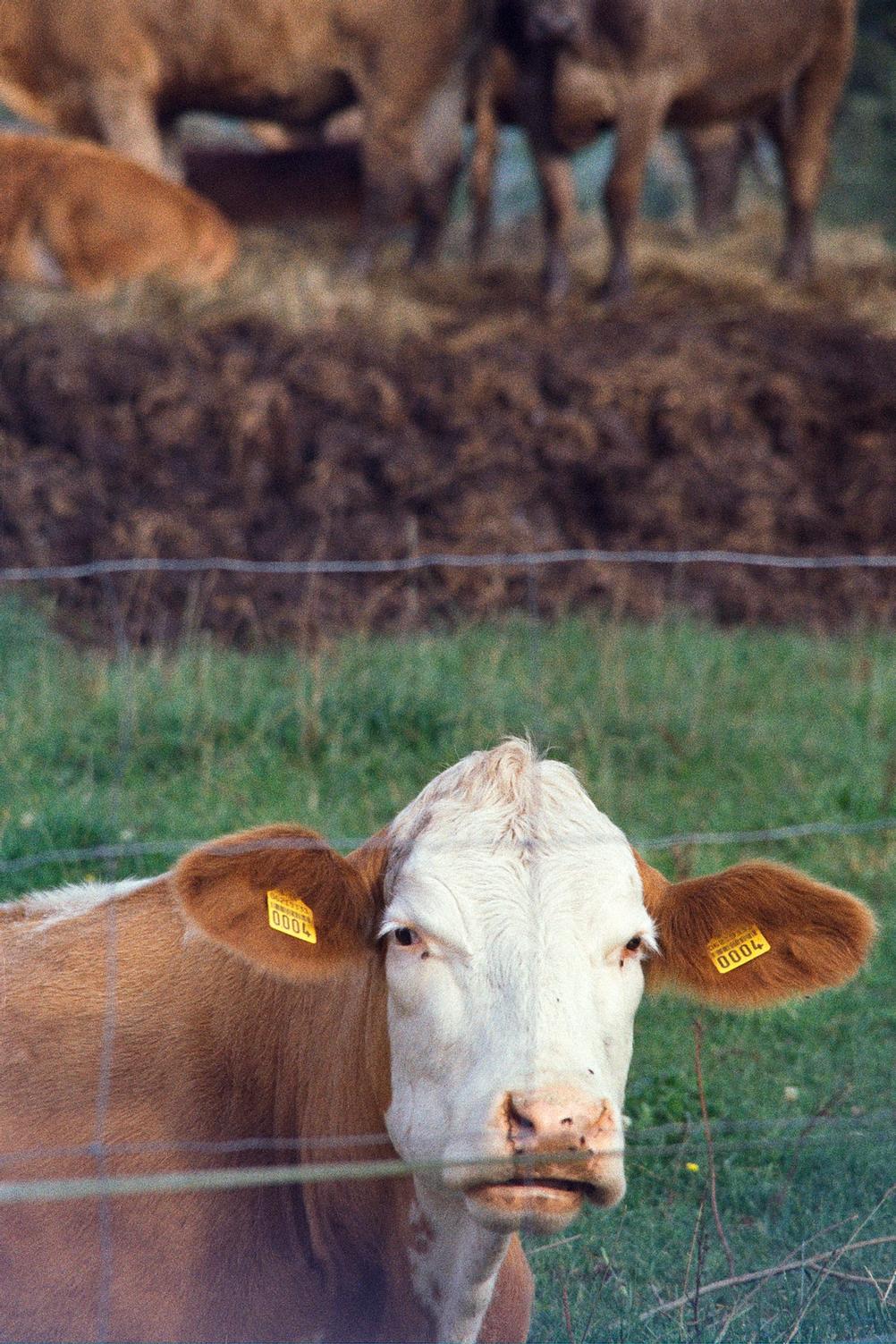
- Camera
- Leica M3
- Lens
- Leica Summicron-M Pre-ASPH 90mm f2
- Film
- Kodak Gold 200 EI200
- Development
- Tetenal Colortec C-41
- Scanner
- Reflecta ProScan 10T
Here's the first portrait.
It's difficult to tell whether skin tones are accurate - fur is in the way. Nose color is quite spot on though.

- Camera
- Leica M3
- Lens
- Leica Summicron-M Pre-ASPH 90mm f2
- Film
- Kodak Gold 200 EI200
- Development
- Tetenal Colortec C-41
- Scanner
- Reflecta ProScan 10T
Another skin color reproduction test. Reproduction is good. It doesn't give any unpleasant reds and everything looks quite smooth.
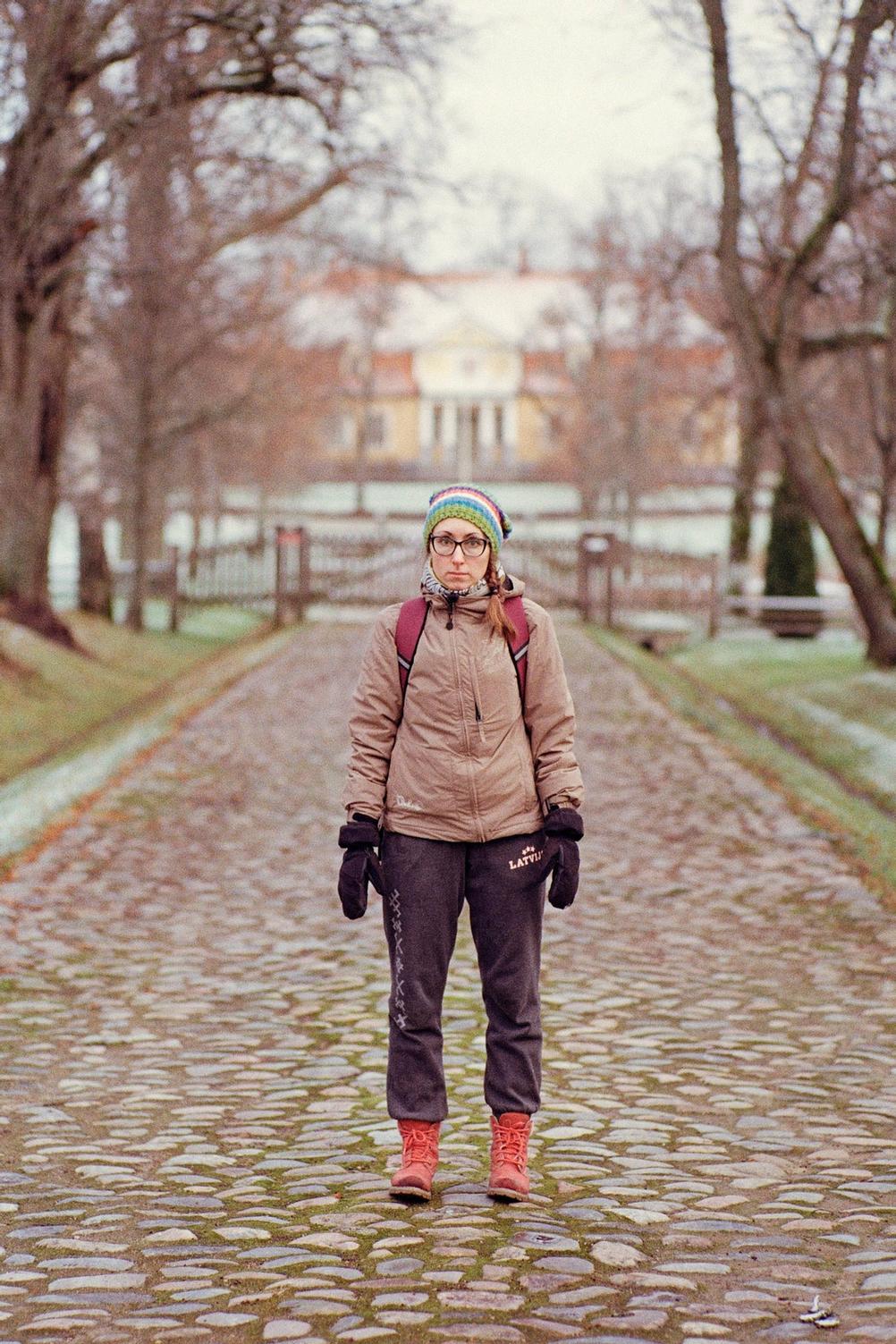
- Camera
- Leica M3
- Lens
- Leica Summicron-M Pre-ASPH 90mm f2
- Film
- Kodak Gold 200 EI200
- Development
- Tetenal Colortec C-41
- Scanner
- Reflecta ProScan 10T
Colors are definitely not extreme but there is a certain shift and it's not the exact rendering I would expect from Portra 400 for example.
It is pleasant to my eyes though and I do prefer it to a more natural look.
Also this is what happens if you take too many photos.
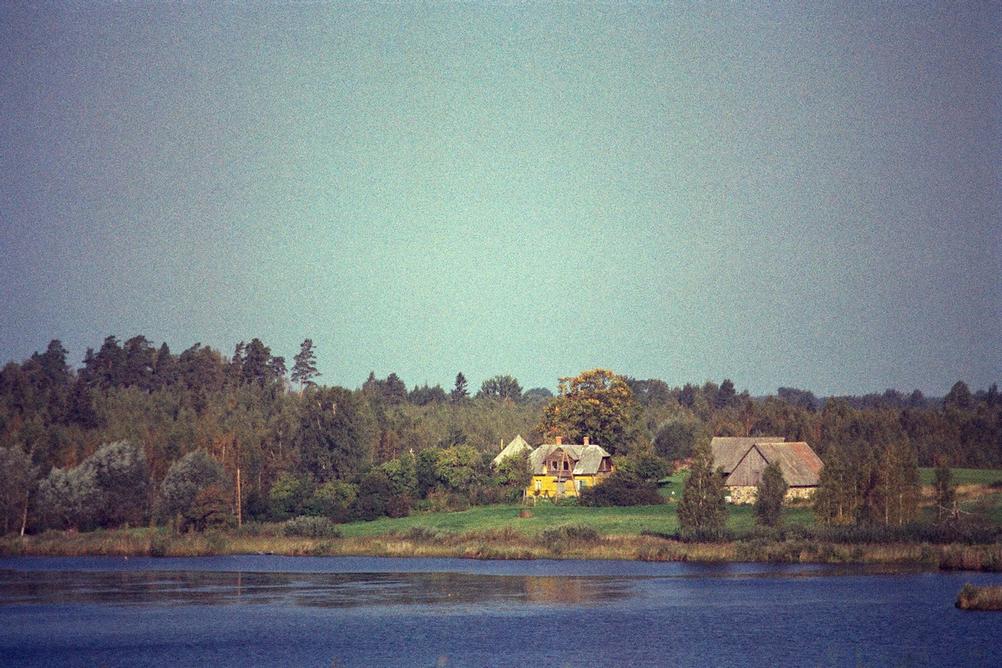
- Camera
- Pentax MZ-5
- Film
- Kodak Gold 200 EI200
- Development
- Tetenal Colortec C-41
- Scanner
- Reflecta ProScan 10T
Shot that showcases some grain. Lens this was shot on appears to vignette quite a bit and the darker sky areas certainly have quite noticeable grain.
I don't love this film for landscape type shots. You can certainly take an odd landscape here and there with Gold but other films ( like Kodak Ektar ) would be a better choice for more landscape-oriented photography.
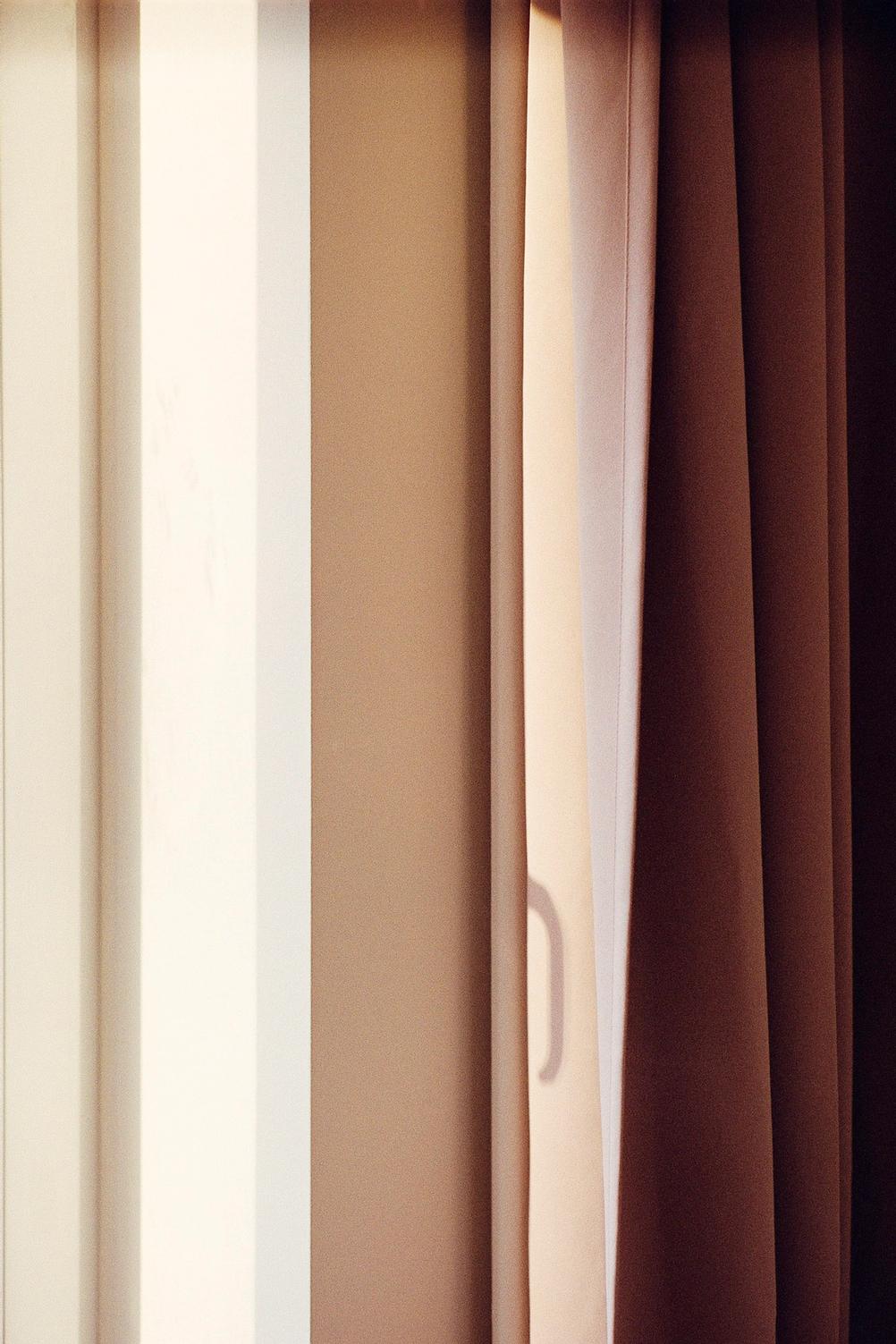
- Camera
- Leica M3
- Lens
- Leica Summicron-M Pre-ASPH 90mm f2
- Film
- Kodak Gold 200 EI200
- Development
- Tetenal Colortec C-41
- Scanner
- Reflecta ProScan 10T
Photo that is included mostly because I find it interesting. It doesn't tell much about the film. Apart that brown colors look quite nice with this film.
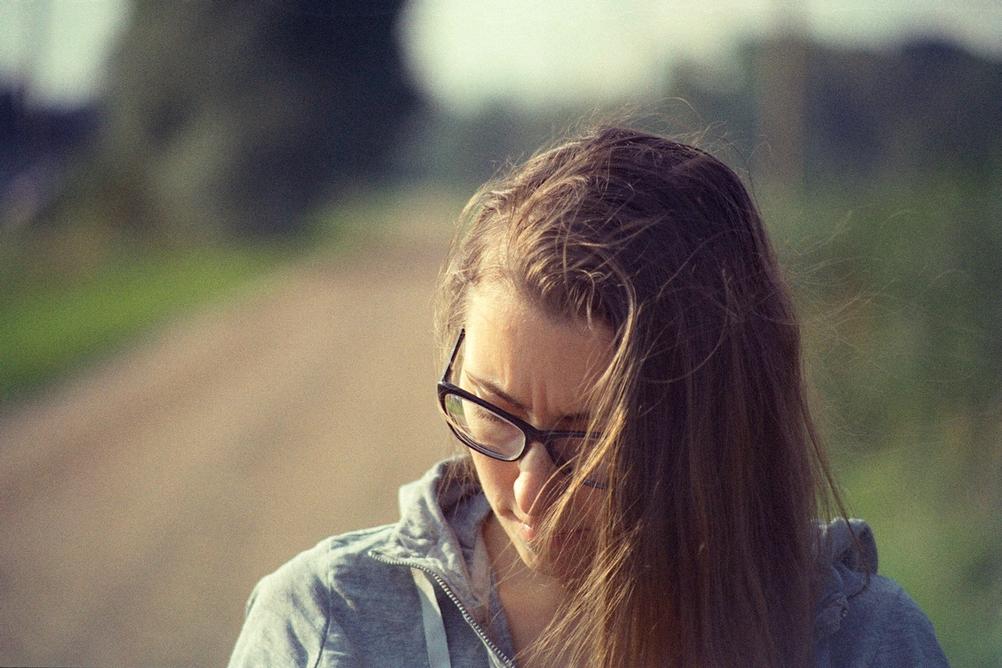
- Camera
- Pentax MZ-5
- Film
- Kodak Gold 200 EI200
- Development
- Tetenal Colortec C-41
- Scanner
- Reflecta ProScan 10T
Skin reproduction is once again nice and pleasing but the photo definitely doesn't have the most natural look. I would describe the look as a bit "vintage".

- Camera
- Pentax MZ-5
- Film
- Kodak Gold 200 EI200
- Development
- Tetenal Colortec C-41
- Scanner
- Reflecta ProScan 10T
Example photo where there is a bit of a contrast loss because of the light hitting the ( not the best ) lens.
Punchier contrast of Gold doesn't completely save the scene and the photo is a bit washed out.
Colors give that vintage look again.

- Camera
- Leica M3
- Lens
- Leica Summicron-M Pre-ASPH 90mm f2
- Film
- Kodak Gold 200 EI200
- Development
- Tetenal Colortec C-41
- Scanner
- Reflecta ProScan 10T
The more I look at Gold photos the more I think that they have that vintage feel. I know that film in itself is vintage in a way but not all photos shot on film have a vintage look - slide film for example looks very modern.
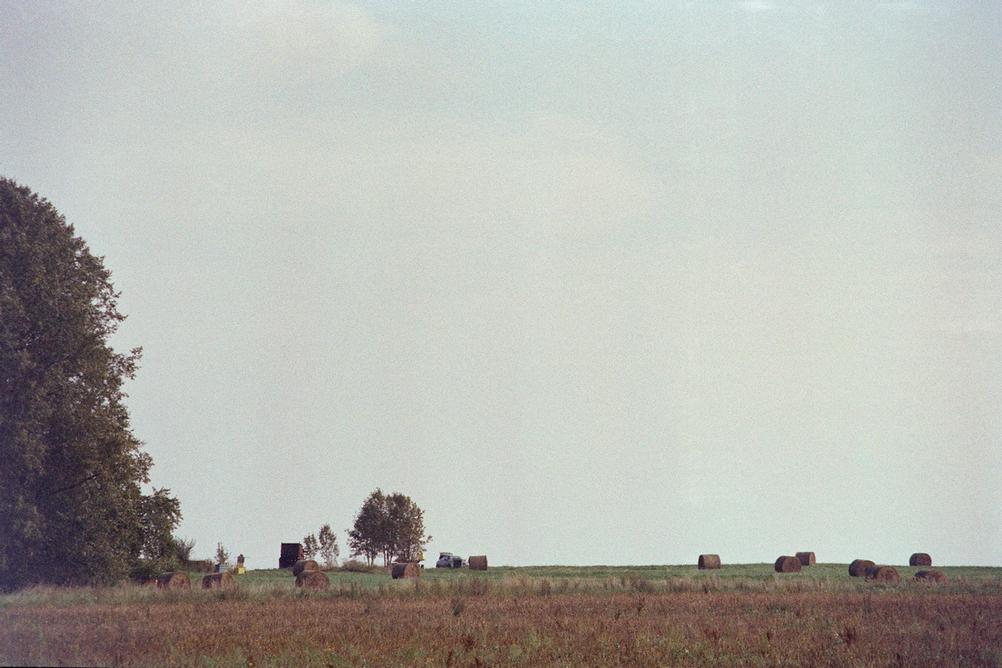
- Camera
- Pentax MZ-5
- Film
- Kodak Gold 200 EI200
- Development
- Tetenal Colortec C-41
- Scanner
- Reflecta ProScan 10T
The lens here helps with the somewhat faded look but colors have that mix of warm and green which when I think about it - makes almost brown. Which is why it maybe has that vintage look.

- Camera
- Leica M3
- Lens
- Leica Summicron-M Pre-ASPH 90mm f2
- Film
- Kodak Gold 200 EI200
- Development
- Tetenal Colortec C-41
- Scanner
- Reflecta ProScan 10T
This shot wasn't taken to test dynamic range but it's a good example of it.
Car is completely in shadow and trees are in direct sunlight and yet everything is very detailed and no information is getting lost.
I went to this place to take a photo of this car and I wanted to have car in sunlight but...I clearly miscalculated where the sun would be and that it wouldn't git the car.
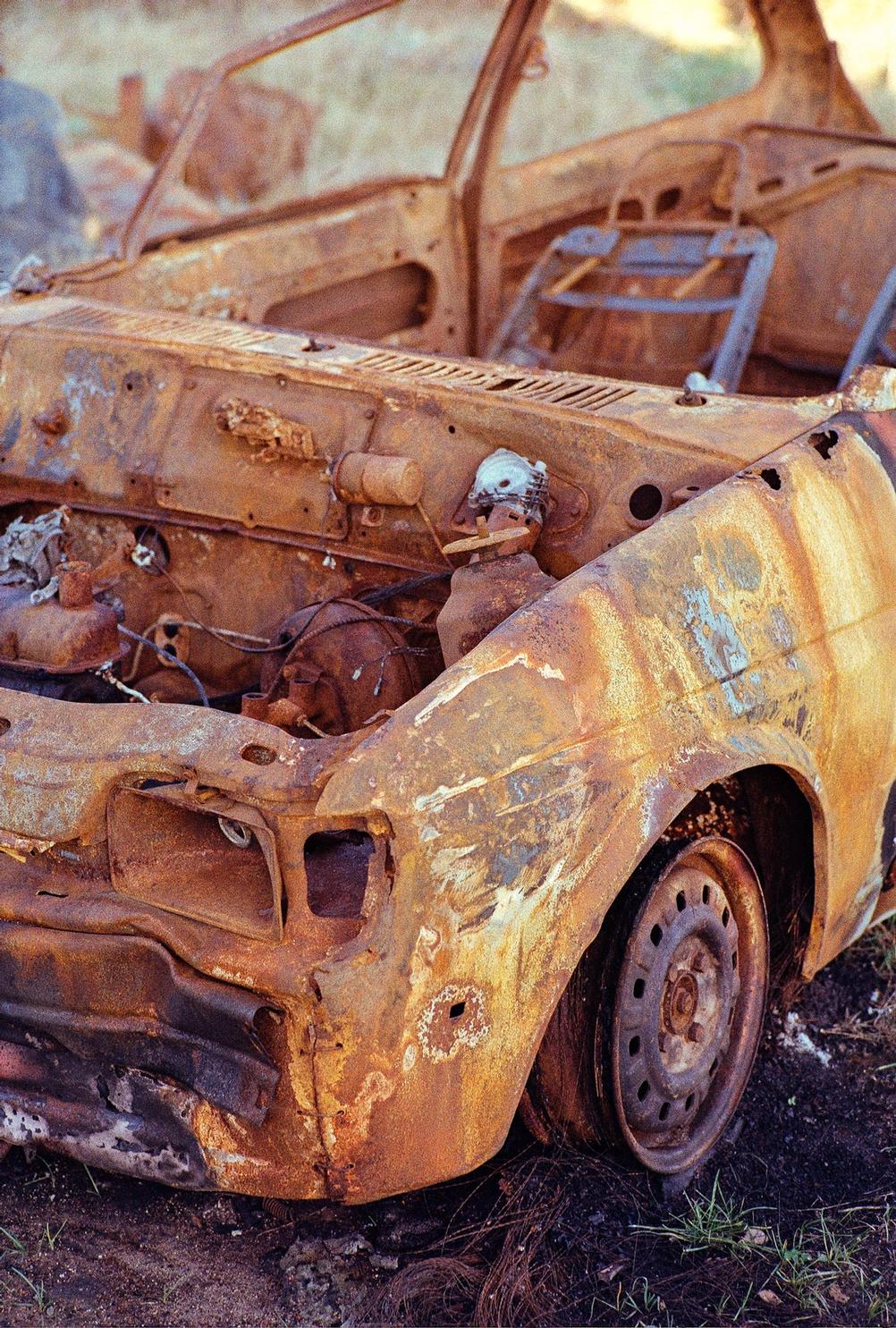
- Camera
- Leica M3
- Lens
- Leica Summicron-M Pre-ASPH 90mm f2
- Film
- Kodak Gold 200 EI200
- Development
- Tetenal Colortec C-41
- Scanner
- Reflecta ProScan 10T
Yellowy-green / brown cast that this film has goes well with rusted things.
I just still wish that this car was covered in sunlight.
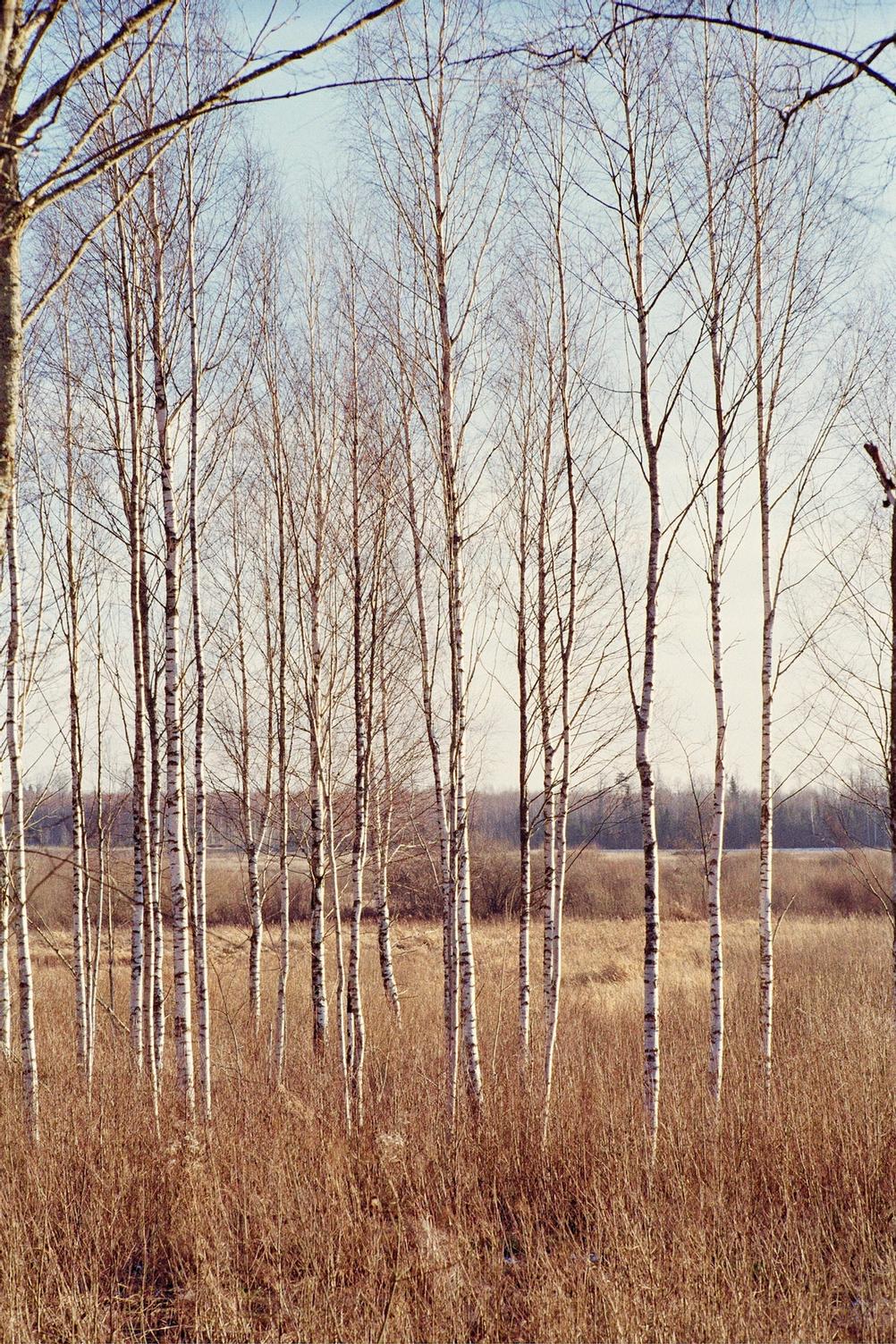
- Camera
- Leica M3
- Lens
- Leica Summicron-M Pre-ASPH 90mm f2
- Film
- Kodak Gold 200 EI200
- Development
- Tetenal Colortec C-41
- Scanner
- Reflecta ProScan 10T
A landscape type photo that doesn't look terrible on Kodak Gold. It means you can still use it for the occasional landscape shot.

- Camera
- Leica M3
- Lens
- 7Artisans 35mm f2
- Film
- Kodak Gold 200 EI200
- Development
- Tetenal Colortec C-41
- Scanner
- Reflecta ProScan 10T
A photo that doesn't really have that browny cast that I attribute to the Kodak Gold look. Not sure why it turned out this way - probably something to do with light that day and there being snow around.
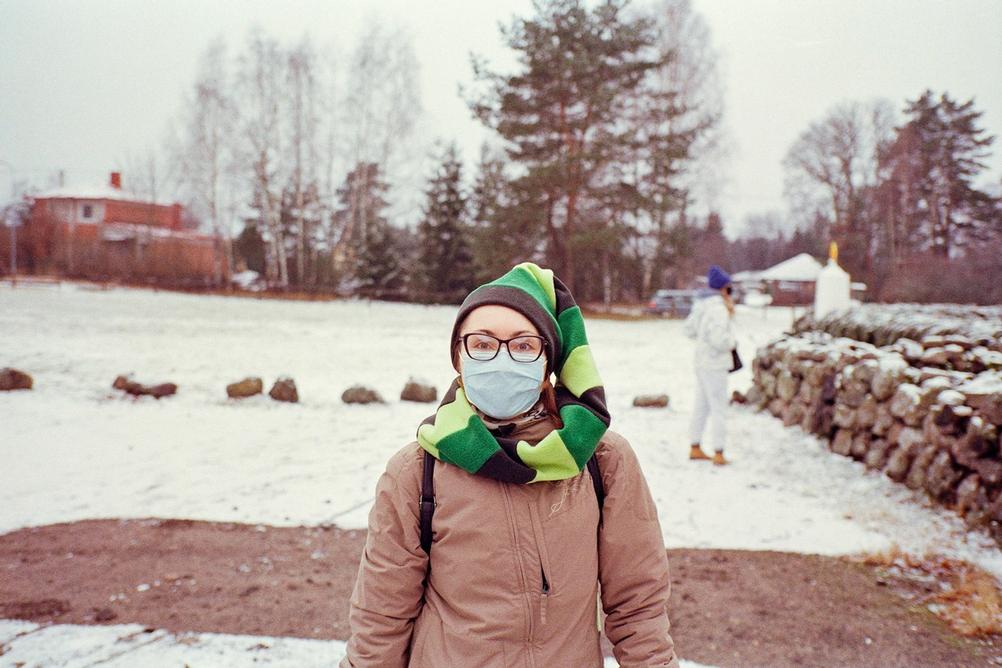
- Camera
- Leica M3
- Lens
- 7Artisans 35mm f2
- Film
- Kodak Gold 200 EI200
- Development
- Tetenal Colortec C-41
- Scanner
- Reflecta ProScan 10T
And the last photo here is to remind you to wear a mask.
And straighten your horizon.
And brown cast is somewhat back.
Final Words
After spending some time looking at pictures taken with Kodak Gold 200 - my opinion hasn't changed much.
I associate Kodak Gold 200 with a slightly vintage look that is still quite contrasty and even saturated. It definitely has a signature yellow-green / brown cast to it but I find it pleasing.
I still wouldn't want to use it purely for landscape shots but for everything else it works quite well.
I also prefer how it looks when shot with more modern rendering lenses where there is plenty sharpness and contrast natively being delivered to you by the lens.
If you haven't tried this film - try it. Unless you really didn't like the rendering of the photos above. I'm sure you'll get some enjoyment shooting it. It also doesn't cost as much as Portra.
Now...if only Kodak would release this in 120 format. Grain issue would be solved and there would be a cheap 120 film alternative to Lomography Color Negative films ( which probably are still made by Kodak ).
